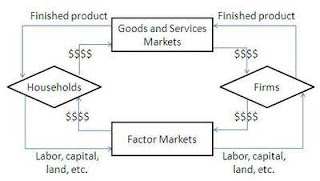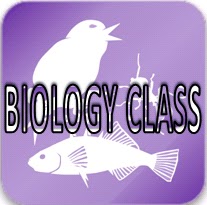ECONOMIC GROWTH MODELS
Neoclassical growth model

An economic theory that outlines how a steady economic growth rate will be accomplished with the proper amounts of the three driving forces: labor, capital and technology. The theory states that by varying the amounts of labor and capital in the production function, an equilibrium state can be accomplished. When a new technology becomes available, the labor and capital need to be adjusted to maintain growth equilibrium.
Rostow's stages of growth
A model by W.W Rostow that postulates that economic growth occurs in five basic stages, of varying length which are :
- Traditional society
- Preconditions for take-off
- Take-off
- Drive to maturity
- Age of High mass consumption
- Traditional society
- characterized by subsistence agriculture or hunting & gathering; almost wholly a "primary" sector economy
- limited technology;
- A static or 'rigid' society: lack of class or individual economic mobility, with stability prioritized and change seen negatively
- Pre-conditions to "take-off"
- external demand for raw materials initiates economic change;
- development of more productive, commercial agriculture & cash crops not consumed by producers and/or largely exported
- widespread and enhanced investment in changes to the physical environment to expand production (i.e. irrigation, canals, ports)
- increasing spread of technology & advances in existing technologies
- changing social structure, with previous social equilibrium now in flux
- individual social mobility begins
- development of national identity and shared economic interests
- Take off
- manufacturing begins to rationalize and scale increases in a few leading industries, as goods are made both for export and domestic consumption
- the "secondary" (goods-producing) sector expands and ratio of secondary vs. primary sectors in the economy shifts quickly towards secondary
- textiles & apparel are usually the first "take-off" industry, as happened in Great Britain's classic "Industrial Revolution"
- Drive to maturity
- diversification of the industrial base; multiple industries expand & new ones take root quickly
- manufacturing shifts from investment-driven (capital goods) towards consumer durables & domestic consumption
- rapid development of transportation infrastructure
- large-scale investment in social infrastructure (schools, universities, hospitals, etc.)
- Age of mass consumption
- the industrial base dominates the economy; the primary sector is of greatly diminished weight in economy & society
- widespread and normative consumption of high-value consumer goods (e.g. automobiles)
- consumers typically (if not universally), have disposable income, beyond all basic needs, for additional goods
www.wekipedia.com















